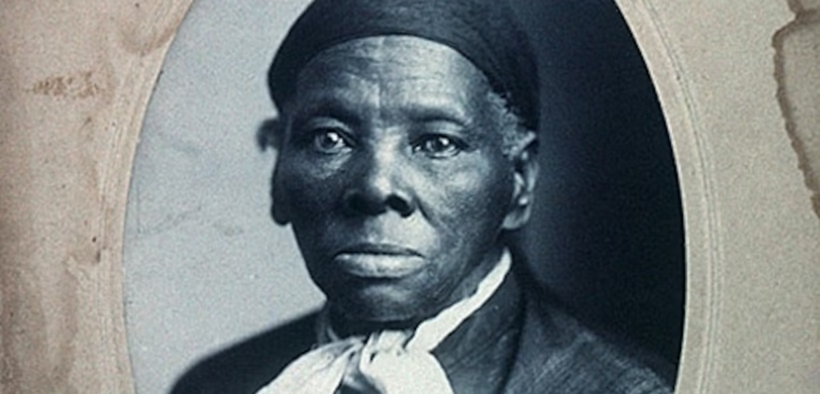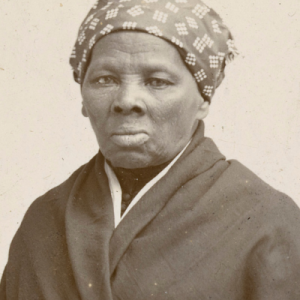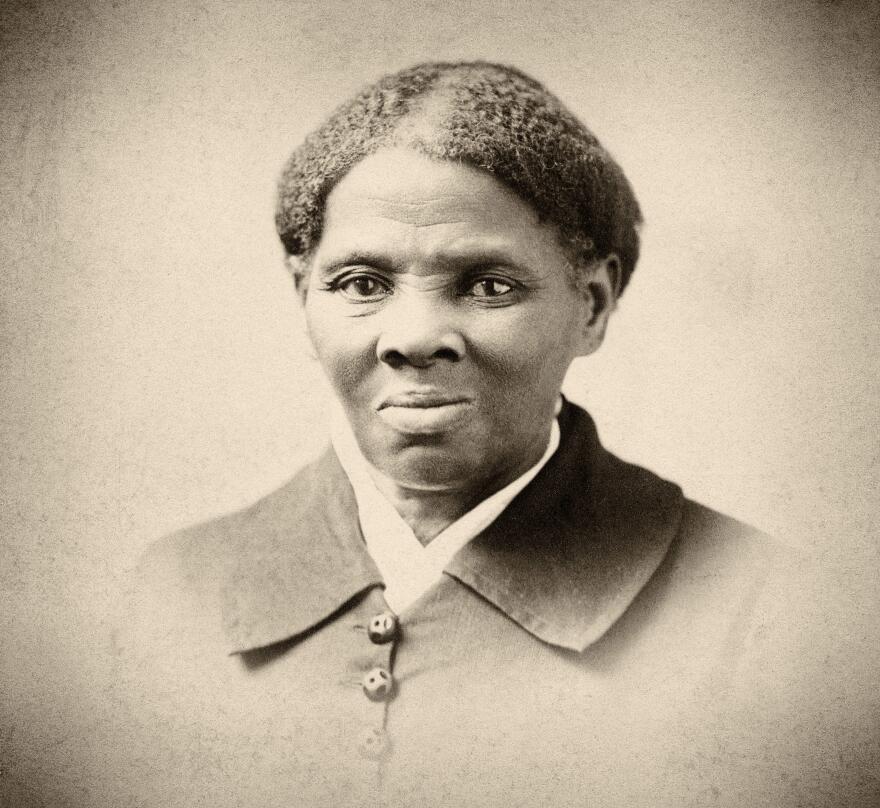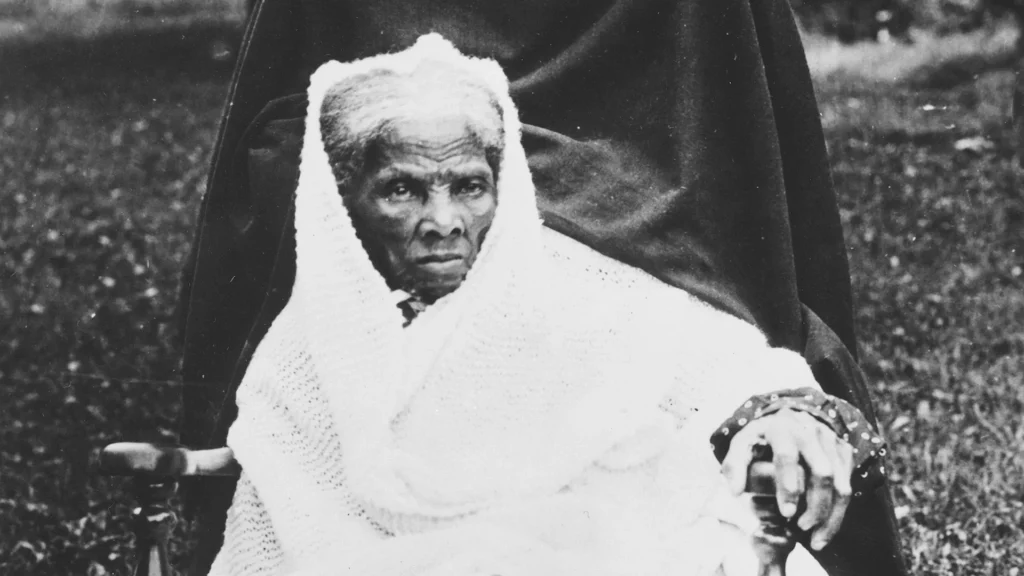Harriet Tubman: The Fearless Freedom Fighter Who Led Hundreds to Liberation
Share

Harriet Tubman stands as one of the most remarkable figures in American history, a woman whose courage and conviction redefined the fight for freedom. Born into slavery around 1822 in Dorchester County, Maryland, Tubman escaped bondage in 1849, making her way to freedom in Philadelphia. But freedom alone wasn’t enough for her, she dedicated her life to freeing others still trapped in slavery’s brutal system.

As a conductor on the Underground Railroad, Tubman personally guided more than 70 enslaved people to freedom, including family members, friends, and strangers who trusted her leadership. Using a network of safe houses, secret routes, and coded messages, she risked her life repeatedly, earning the nickname “Moses” for leading her people out of oppression. Historians estimate she provided instructions and assistance to hundreds more through her detailed maps and covert operations.

During the Civil War, Tubman continued her mission of liberation by serving as a scout, nurse, and spy for the Union Army. Her intelligence work helped the Union plan critical operations in South Carolina, leading to the liberation of more than 700 enslaved people during the Combahee River Raid, making her the first woman in U.S. history to lead a military assault.

Tubman’s legacy goes far beyond her daring rescues. She was a fierce advocate for women’s suffrage, working alongside leaders like Susan B. Anthony to push for equal voting rights. Despite lifelong health issues caused by a childhood head injury, she remained active in the fight for justice well into her later years.

Harriet Tubman died in 1913, but her story continues to inspire generations. Her image and spirit symbolize bravery, selflessness, and unshakable belief in human dignity. Today, efforts to honor her include the ongoing campaign to place her portrait on the U.S. twenty-dollar bill, a tribute long overdue to one of America’s greatest heroes.




